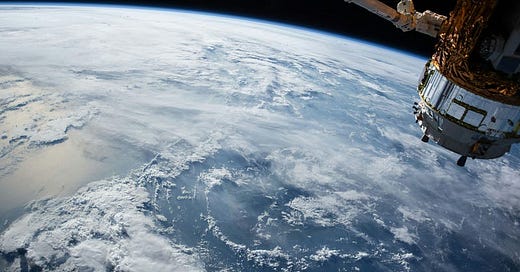Geospatial Warfare: The Rise of GEOINT in the Russia-Ukraine Conflict
The war between Russia and Ukraine has upended the character of modern warfare — not least in the role played by Geospatial Intelligence, or GEOINT.
This intelligence, garnered from satellite imagery, maps, and sensor data tracking geographical and environmental information, has played the leading role thus far on the battlefield.
As the conflict has unravelled, GEOINT’s integration into military strategies has proved not only valuable in real-time intelligence gathering but also one of evolving importance in precision warfare.
Here we try to learn and throw some light about the roles of GEOINT within the context of the Russia-Ukraine War, technological advances, adaptation, and innovation in intelligence gathering, which have shaped the dimensions of military operations and carry valuable lessons for future conflicts.
Origins and Evolution of Geospatial Intelligence
Geospatial Intelligence, otherwise known as GEOINT, is not a new term. In fact, it really began during the Cold War era with early mapping and satellite imagery that set the foundation for modern military intelligence.
At this time, agencies such as the CIA began using satellite data to interpret Soviet military systems-the very birth of a new age in intelligence gathering. As satellite technology improved, so did GEOINT, becoming indispensable in military operations and providing much-needed insight into enemy positions, terrain, and logistical infrastructure.
In the Iraq and Afghanistan War of the early 2000s, again, GEOINT leaped forward where high-resolution satellite imagery became an integral part of military operations. These new technologies enabled the U.S. and allies to map out enemy troop movements, study terrain composition, and base decisions on current, updated information.
This importance of GEOINT was amplified in the years where civilian technological developments-most notably commercially available satellite imagery and low-cost drones-began supplementing military intelligence capabilities, democratising access to geospatial data and allowing a wider range of military actors to use it effectively.
Russia-Ukraine War: The Growing Role of GEOINT
The Ukraine and Russia War has been that defining moment in this evolution of GEOINT-the real case study in how geospatial data shapes military strategy and outcomes.
Keep reading with a 7-day free trial
Subscribe to Tanguy Besson - Journalist to keep reading this post and get 7 days of free access to the full post archives.




